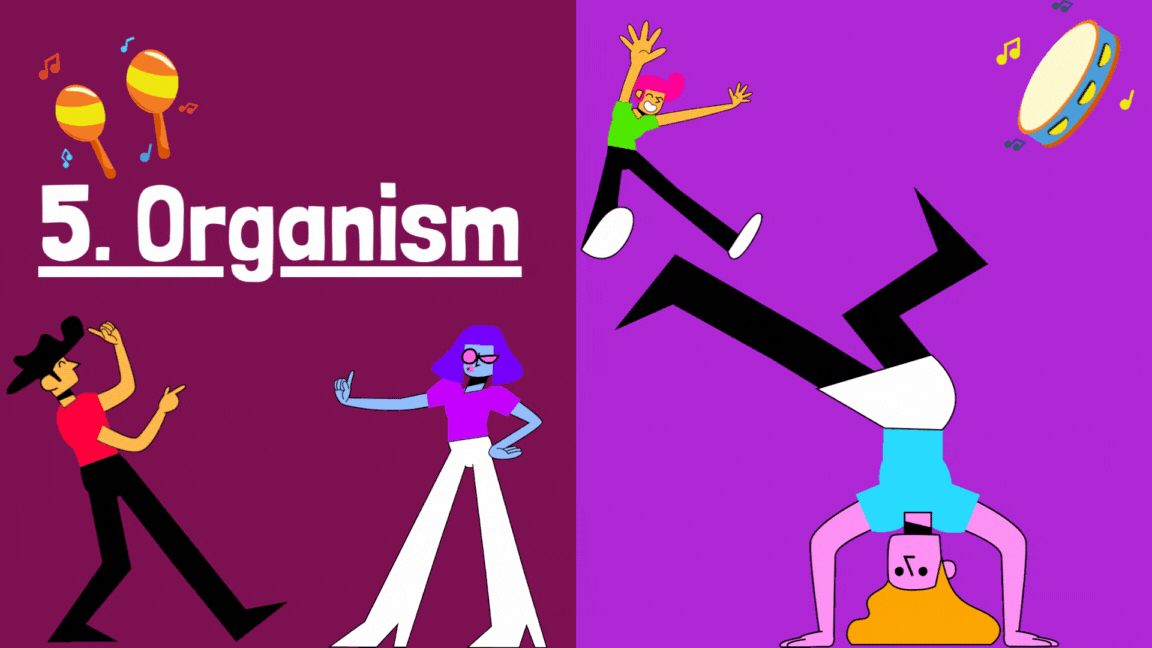Structural Organization of Human Body
It is the organization of human body from smallest microscopic structures called atoms. Atoms organize themselves to form more complex structures and those structures keep on organizing further and further.
Till they form a whole functioning organism.
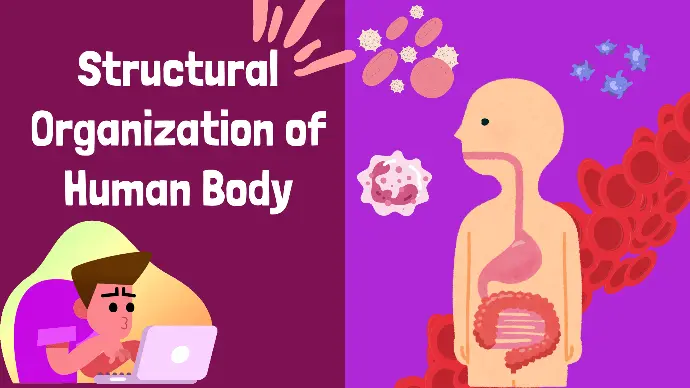
Sequence of Organization
Atoms organize to form molecules, that organize further to form living structures.

The sequence of organization is.
- Cells
- Tissues
- Organs
- Organ Systems
- Organism
1. Cells
- Molecules organize themselves to form organelles. Organize combine to form Cells.
- Cells are the smallest independent units of life.
- It constitutes the basic living unit of structure and function for all organisms.
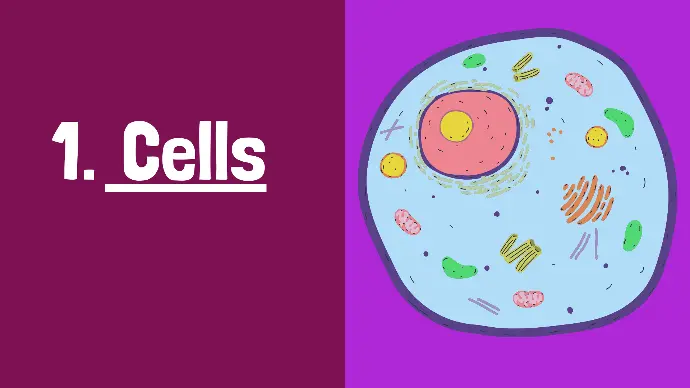
2. Tissues
Similar cells performing similar functions, organize themselves to form tissues.
There are four basic tissues of human body.
- Epithelial tissue
- Connective Tissue
- Muscles tissue
- Nervous tissue
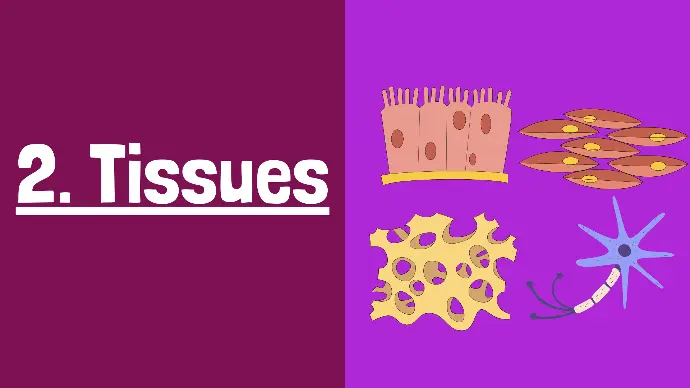
3. Organs
Different tissues performing different functions, organize themselves to form a single complex unit that performs specific functions.
This unit is called an Organ.
For example: heart, lungs, brain, liver etc.

4. Organ System
Different Organs organize together to form a functioning unit called Organ System.
It is a group of organs that work together to perform a specific function.
For example:
Digestive system, respiratory system etc.
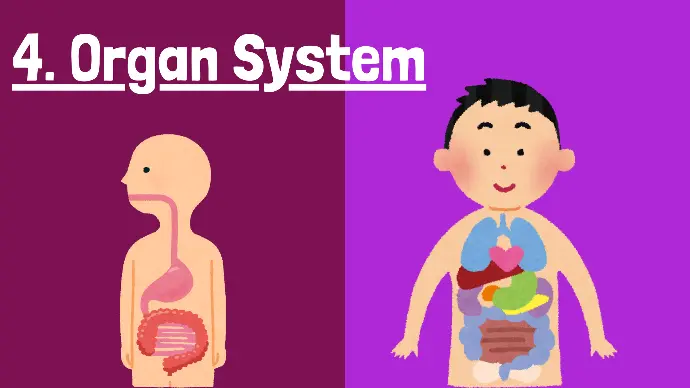
5. Organism
All organ systems coordinate with each other to form a one specific unit, called an organism.
For example: human, tigers, plants etc.
